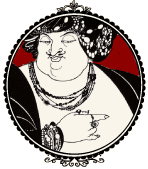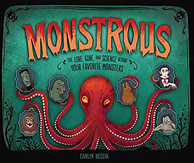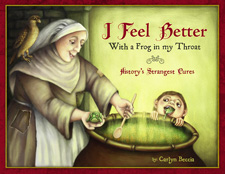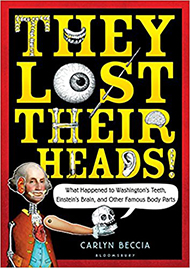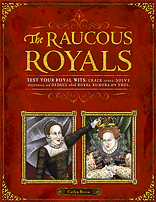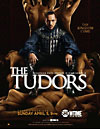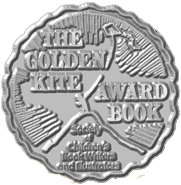 This month, I will be writing posts only about the subject of love and passion throughout history. I am starting out with the greatest love of all - the love of a child.
This month, I will be writing posts only about the subject of love and passion throughout history. I am starting out with the greatest love of all - the love of a child.In the 16th century, the ideal relationship between parent and child was spelled out clearly in emblem books. Emblem books were sort of like the clip art of their day. Women would flip through them and copy the images of birds, animals, and fish to use in embroidery. Emblem books sometimes contained both pictures and text and usually contained allegorical themes with some moral lesson. The purpose of emblem books was to convey a set of beliefs. Think of them as cliff notes to the bible for people who couldn't read.
Here is an example from Claude Paradin's Emblem book. The motto reads “Love of parents to their children is blind or void of reason.” To illustrate this point, we have a rather ugly looking mama ape lovingly gazing into the eyes of her even uglier ape baby. The mama ape doesn't realize junior looks like a simian elf. All she knows is that she loves him to death even though junior is about to whack mama ape on the side of her head.
But wait...this is not a message of maternal love. If you turn the page and read the rest of the text. You will see that the moral lesson is to not be overindulgent with your children. (The word cocker means to treat with over indulgence.) The message here is...give your kid an inch and they take a mile. ahhhh alas still true even today.
Monkeys in 16th century art and portrature often symbolized uncontrollable passion and desires. Stay tuned for more mad monkey love in later posts....

